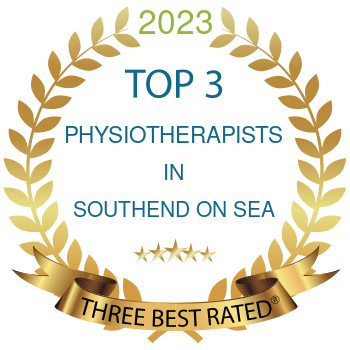Hypermobility
Hypermobility refers to the ability of a joint or group of joints to move beyond their normal range of motion. This can occur in individuals due to a variety of factors, including genetics, connective tissue disorders, or injuries.
How Physiotherapy Can Help
Apart from the increased range of motion, hypermobility can also lead to joint pain, instability, and an increased risk of injury, subluxation and or dislocation leading to pain and problems with movement. Physiotherapy can help manage hypermobility by:
1. Strengthening the muscles around the hypermobile joint to provide support and stability.
2. Improving joint proprioception, which is the body’s ability to sense the position and movement of joints. This can reduce the risk of injury by improving the body’s ability to correct movements that may cause joint damage.
3. Teaching good postural habits to prevent unnecessary strain on joints.
4. Providing education on joint protection, proper body mechanics, and injury prevention.
5. Manual therapy techniques, such as joint mobilisation or soft tissue mobilisation, may be used to help reduce pain, restore joint motion of any stiff areas, and improve tissue health.
6. Dry needing to help pain and reduce muscle tension.
Overall, physiotherapy can help individuals with hypermobility stay active, manage their pain, and prevent future injuries.
WDC is fast becoming one of the leading providers of hypermobility services in Essex.
Our specialist Physiotherapists/MSk Therapists are here to help you manage your hypermobility, and optimise your health and wellbeing helping you to lead your best life possible.
Our Service
Our specialist hypermobility team are here to understand exactly how hypermobility affects you, and work with you to create a personalised treatment plan to help manage your condition, and optimise your overall health and wellbeing.
The service was born out of an increase in clients we are seeing in clinic with hypermobility and EDS and Wendy the clinic owner herself has hypermobility and knows what a shortage of expertise services there are in Essex to help those struggling with the symptoms of hypermobility and EDS.
Our Expertise
Our Hypermobility Service led by our specialist physiotherapists/MSk therapists with extensive experience and knowledge of:
- Hypermobility Spectrum Disorders (HSD)
- Hypermobile Ehlers Danlos Syndrome (hEDS)
- Related symptoms and conditions
How Physiotherapy/MSK Therapy Helps Treat Hypermobility
Physiotherapy/MSk Therapy can be used to help those with hypermobile joints to:
- Reduce pain
- Improve muscle strength and fitness
- Improve posture
- Correct the movement of individual joints and how you move as a whole
Dysfunctional muscle patterns are common when the joints are significantly stressed, and this may allow them to move into unsuitable positions where they suffer strains.
Therapy here at WDC will help with retraining of correct muscle patterns and treatment of painful joints. The largest component in this programme is self-management and so client education is vital.
With hypermobility, an acute flare up is more likely to occur with unaccustomed activities (or exercise), minor trauma, or prolonged static postures over extended periods of time (e.g. computer work).
As joint hypermobility syndrome is a lifelong condition, individuals need to ensure they manage their postures and activities daily.
For All Your Needs
Conditions we can help with include:
Joint Instability
Chronic Pain and Fatigue
Muscle Pain and Stiffness
Postural Tachycardia Syndrome (POTS)
Headaches
What Does Hypermobility Management at WDC Involve?
1 – Initial Consultation & Report of Findings
First you’ll meet one of our specialist Physiotherapists / MSk therapists for a thorough consultation and physical assessment. An assessment at WDC is a 2 day process so we have time to fully analyse what we have found and then present this to you and discuss with you our best plan of care for you and your specific needs.
The two day process allows you to get to know each other and enable us to fully understand your needs.
2 – Personalised Plan for You and Your Needs
Your therapist will work with you to develop an individualised, holistic, goal-oriented treatment plan. This will provide both short and long term treatment plan to help manage your symptoms.
Depending on your needs, treatment interventions may include ergonomic advice, posture and gait re-education, manual therapy, taping, EMS and or Biofeedback, dry needling, Pilates specific to hypermobility and a comprehensive rehabilitation programme and specialist hEDS class.
3 – We’ll Work Together
We’ll be with you every step of the way and work through your plan together. This will include education about the condition, lifestyle advice and how to manage symptoms such as chronic pain and fatigue. You will have the opportunity to join our hEDS Class which runs once a week and is a combination of exercise and education and a place to make friends with others who also have hypermobility / EDS.
4 – Duration
The initial consultation & ROF appointments takes around 60 minutes in total.
This is a face-to-face session.
